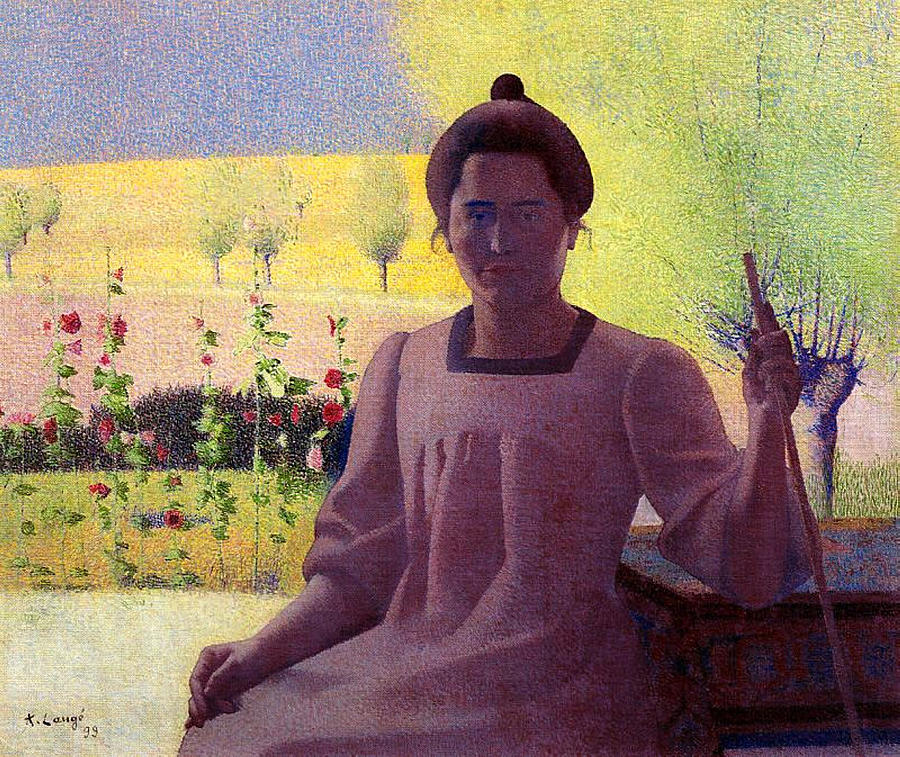Light and Form: Forming Shapes in Creative Space
The Form Principle:
Planes: Top planes, Side planes in lighter halftone, Front planes in darker halftone, Side planes in shadow.
Texture at the Terminator: Textures are more fully visible just before the terminator, in the darker halftone. This is why overcast light is best for seeing details on a subject, because the direct light is diffused and doesn't wash the texture out.

Separation of Light and Shadow: Lit planes and shaded planes can have up to five steps of tonal value difference, as an artist it is our job to keep that tonal value difference consistent throughout the piece.

Cast Shadows: Cast shadows are never completely dark (unless in outer space) they always have something to reflect light into them.
Light Source VS. the Shadow Edge: The harder the light source, the harder the cast shadow is. The opposite is also true, the softer the light source, the softer the shadow's edge.

Half Shadow: Follows same rules as with the cast shadow, but instead of light softness it is more dependent on how far away the object casting the shadow is from the subject.

Edge Lighting: Stems from a light source behind the subject, lighting up a "halo" around the edge of the subject to separate it from the background.

Contre Jour: Similar to edge lighting, but the subject blocks the light source and is usually framed by a lit doorway or a bright sky. Lighting starts ln the edges but then deepens gradually toward the center of the subject.

Light from Below: Not common in nature, draws the attention of the viewer because of it's "unnatural" occurrence. Lights surfaces that usually aren't lit. Most common during night scenes of scenes in dark rooms/environments.

Reflected Light: Reflected light carries the color of the object is is reflecting off of.
1. Upward facing planes in shadows are cool and downward facing planes are warm.
2. The color of the shadow is the sum of all the sources of reflected light combined with the local color of the object it is shining on.
3. On sunny days vertical surfaces receive two sources of light: warm ground light and blue sky light.

Limitations of the Form Principle: Clouds and foliage don't always follow the principles of form. They transmit a greater quantity of light to the shadow side through internal scattering than the volume of light they pick up from secondary sources.

Planes: Top planes, Side planes in lighter halftone, Front planes in darker halftone, Side planes in shadow.
Texture at the Terminator: Textures are more fully visible just before the terminator, in the darker halftone. This is why overcast light is best for seeing details on a subject, because the direct light is diffused and doesn't wash the texture out.

Separation of Light and Shadow: Lit planes and shaded planes can have up to five steps of tonal value difference, as an artist it is our job to keep that tonal value difference consistent throughout the piece.

Cast Shadows: Cast shadows are never completely dark (unless in outer space) they always have something to reflect light into them.
Light Source VS. the Shadow Edge: The harder the light source, the harder the cast shadow is. The opposite is also true, the softer the light source, the softer the shadow's edge.

Half Shadow: Follows same rules as with the cast shadow, but instead of light softness it is more dependent on how far away the object casting the shadow is from the subject.
Edge Lighting: Stems from a light source behind the subject, lighting up a "halo" around the edge of the subject to separate it from the background.

Contre Jour: Similar to edge lighting, but the subject blocks the light source and is usually framed by a lit doorway or a bright sky. Lighting starts ln the edges but then deepens gradually toward the center of the subject.

Light from Below: Not common in nature, draws the attention of the viewer because of it's "unnatural" occurrence. Lights surfaces that usually aren't lit. Most common during night scenes of scenes in dark rooms/environments.

Reflected Light: Reflected light carries the color of the object is is reflecting off of.
1. Upward facing planes in shadows are cool and downward facing planes are warm.
2. The color of the shadow is the sum of all the sources of reflected light combined with the local color of the object it is shining on.
3. On sunny days vertical surfaces receive two sources of light: warm ground light and blue sky light.

Limitations of the Form Principle: Clouds and foliage don't always follow the principles of form. They transmit a greater quantity of light to the shadow side through internal scattering than the volume of light they pick up from secondary sources.


Comments
Post a Comment